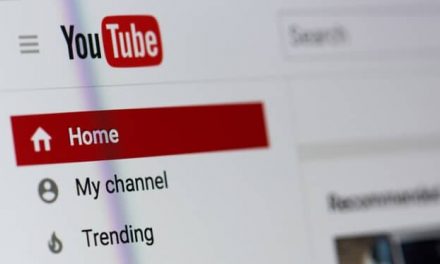Every time someone posts an outrageously expensive item on social media the proponents quickly retort to those who take issue with the price that they are not the target market. This convenient excuse is used time and again but what is this target market thing. How are you or are you not the target market for something? And most importantly for those running businesses why would you want a target market, how do you identify a target market and how do you reach them?
Target market
The simple definition of a target market is a particular group of consumers at which a product or service is aimed. To be more specific it is a group based on some homogenous characteristics that form the sought after customers of a product. The identity of the target informs many parts of the marketing activities including where to market to them, what they value, how to communicate with them and what would encourage a buy decision in them. The homogenous grouping is achieved through a process called segmentation.
Market Segmentation
Market segmentation is a marketing strategy in which select groups of consumers are identified so that certain products or product lines can be presented to them in a way that appeals to their interests. The four main types of market segmentation that are commonly used are demographic segmentation, psychographic segmentation, behavioural segmentation and geographic segmentation.
Demographic segmentation
Demography is the study of population structures. Therefore demographic segmentation groups market segments based on prevailing population similarities such as age, gender, education, marital status, race and religion.
Psychographic segmentation
Psychographics is the qualitative methodology of studying consumers based on psychological characteristics and traits. In psychographic segmentation, the segments are grouped based on issues such as values, beliefs, interests, personality and lifestyle.
Behavioural segmentation
As the name suggests behavioural segmentation focuses on market constituents behaviours. This involves analysing purchasing or spending habits, the user status and brand interactions.
Geographic segmentation
Another type of segmentation with a telling name. In geographic segmentation, the market is analysed based on its location. It can be very narrow or very wide depending on the size of the segments. You can have anything from a neighbourhood, area code, city, region, country or continent.
Why
So we have an idea of what target markets are, let’s take the next step and look at some reasons why target markets are important to establish and utilise.
Speak directly to a defined audience
By having a grasp on who your target consists of you will know how to speak to them. This will give you an idea of the sort of language and references that will resonate with them.
Differentiate your brand from competitors
It’s highly unlikely that you operate in a market where you are the sole provider and if you do it’s not long before you are not. Knowing the market you are targeting helps you uniquely connect to the customers and also avoids backlash that occurs when your marketing reaches the wrong people.
Build deeper customer loyalty
The advantage of differentiating yourself from competitors is that you build customer loyalty to your brand and business.
Improve products and services
The better you know your customers, the better you can serve them. Through segmenting your market and targeting a particular segment you improve your service to the select group or groups.
Stay focused
By having a specific target market you also have the power to target them where they are most receptive to your marketing. By focusing on selling to the right customers in the right place you getter better returns on your marketing spend.
How
So you know what target markets are and why they are important to understand. The next step is to discuss how to arrive at them for your business. We mentioned segmentation before, now we will look at how to choose which type of segmentation to use and along which lines.
Buyer personas
The best way of figuring out your segment is using buyer personas. These are made characters that reflect important details of your target market. I recommend you read an earlier article on buyer personas to get a full grasp of the idea.
Conduct interviews with your former and current customers.
I love this method because I have seen it work so many times in practice. If you can find customer number one you can find the rest through studying customer number one.
Talk to your sales team and find out what trends they see and experience
Salespeople spend a lot of time in contact with customers and the best salespeople really pay attention to detail in their customer interactions. They have the best insights. If you are a salesperson then you should start paying attention to detail to identify common trends.
Track data on your point of sale systems and web analytics
This is very useful and incredibly easy to access in the digital age. Social media audiences and interactions contain a lot of data that you can use to identify characteristics of a good target market for your business.
Engage in social listening
This is another trick that I have found remarkably useful in practice. Social listening is the use of social media to identify the conversations around particular subjects that can provide market insights for you.
What
So you’ve identified a market segment through the above-listed tools. Now the question remains how do you practically implement this tool for best results for your business?
Marketing Communication
Remember when creating any marketing communication consult the psychology of the target market. How do they want to receive the message?
Content Marketing
What type of content does your target market like to receive? Written? Audio? Video? Do they prefer long or short form?
SEO
Search engine optimisation is also impacted by the target market you choose. What is their search behaviour? When they search for products in your market how do they search?
Paid Search
When paying for adverts you will also need to consult your target market and their preferences. Where do they spend their time? That’s where you want to be seen. This goes for both analogue and digital advertising.
Influencer marketing/Ambassadors
We’ve seen a lot of brand ambassadors and influencer campaigns but many of them leave a sour taste in the mouth. Choosing the right ambassador or influencer to work with your brand can be done by consulting your target market and who they relate to.
Establishing a target market and working towards reaching that target where and how they like to be reached will go a long towards making a success of your business. In business, in a good business, you will accept money from any customers but you will expect money from your target market.








